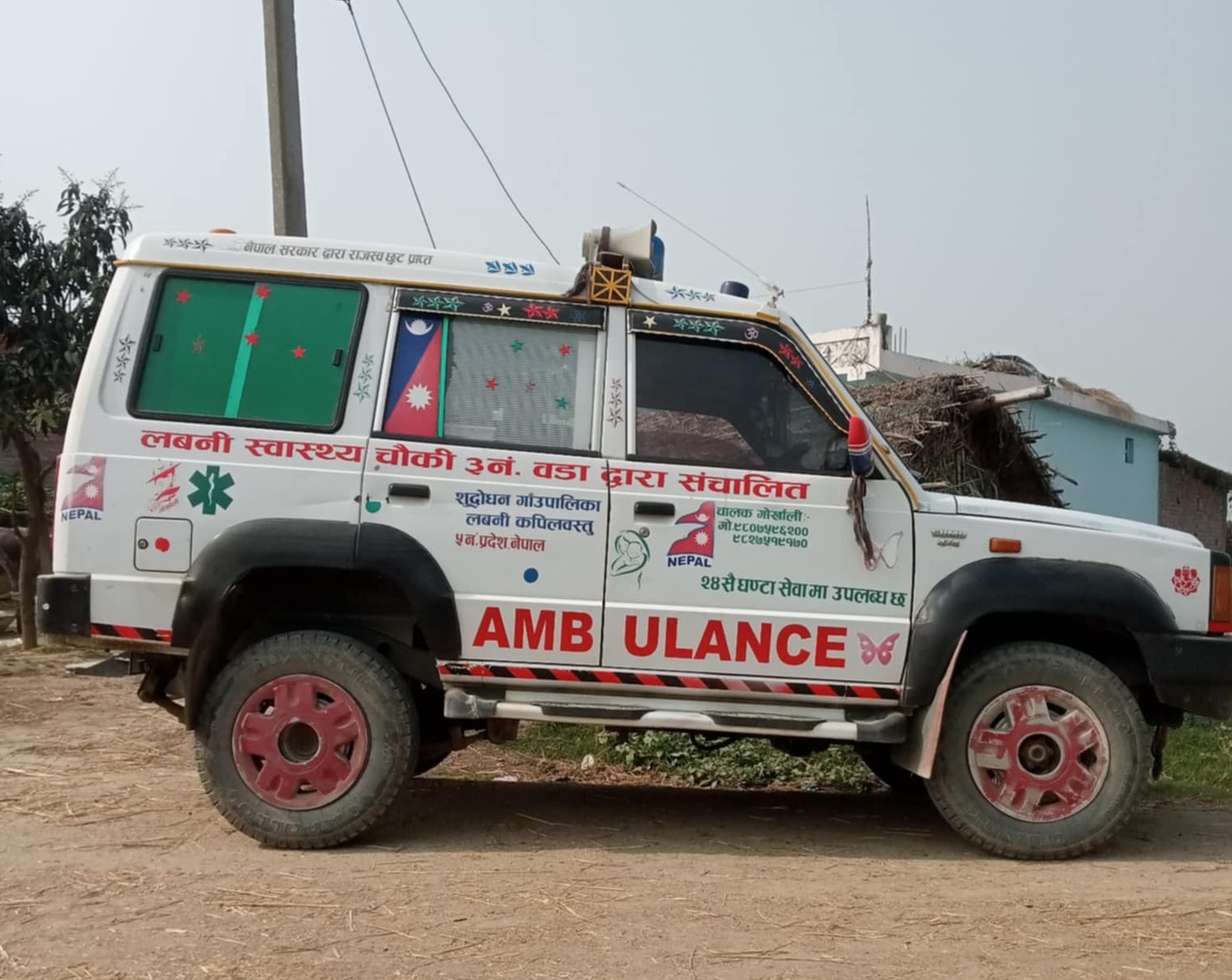Strengthening health insurance schemes is essential to reduce reliance on out-of-pocket spending and mitigate financial risks for individuals
In light of the COVID-19 pandemic’s severe effects, governments throughout the world have raised health sector spending. However, going forward, public and assistance expenditure on health will be severely constrained by economic downturns, which are made worse by the conflict in Ukraine and conflicting national objectives.
The disparity between health requirements and spending is anticipated to grow as nations struggle with high levels of debt and inflation. Health spending in many low- and middle-income countries (LMICs), where health needs are greatest, is expected to decline or remain stagnant. This puts in jeopardy attempts to control continuing hazards, recover from disruptions brought on by COVID-19, and accomplish universal health coverage.
The global economic downturn is also shrinking aid budgets, hindering support for LMICs. Cuts in aid budgets by major donors like the UK and Sweden further strain resources. Worsening macroeconomic conditions may affect countries’ abilities to meet co-financing requirements for vital health programs.
Ensuring access to quality healthcare services without imposing financial burdens on citizens is a cornerstone of any effective healthcare system. In Nepal, this endeavor is particularly crucial as high out-of-pocket (OOP) spending continues to be a dominant component of healthcare financing, leading to concerns about impoverishment due to healthcare costs. The National Health Sector Strategy (NHSS) has been instrumental in addressing these challenges by focusing on increasing investments in the health sector, improving resource mobilization, and enhancing risk pooling.
Despite these efforts, there are significant challenges that need to be addressed. One such challenge is the marginal increase in government spending on health as a share of GDP, with a concerning decline observed in the year 2022/23. While per capita government spending has shown an increase in real terms, it remains far below the recommended level to achieve universal access to primary care services. Additionally, OOP expenditure continues to constitute a significant portion of healthcare financing, demanding further strengthening of social health protection mechanisms.
The COVID-19 pandemic has underscored the importance of robust healthcare financing strategies. While it led to a temporary increase in the share of the health sector budget in response to the crisis, sustaining adequate funding for healthcare beyond the pandemic remains a challenge. Furthermore, the fluctuating contributions from health development partners (HDPs) highlight the need for a more stable and sustainable financing model.
Sustainable Healthcare Financing
In light of these challenges, a multi-faceted approach is necessary to ensure sustainable healthcare financing in Nepal. Firstly, there is a need to prioritize increased government spending on health, both in absolute terms and as a share of GDP. This can be achieved through effective allocation of resources and improved fiscal management. Additionally, efforts should be made to enhance the efficiency of healthcare spending to maximize the impact of available resources.
Furthermore, strengthening social health protection mechanisms, such as health insurance schemes, is essential to reduce reliance on OOP spending and mitigate financial risks for individuals. The increase in enrollment in health insurance schemes is a positive development, but efforts should be made to improve renewal rates and utilization, ensuring that more people can benefit from these schemes. The OOP expenditure remains to be a dominant component in healthcare financing in the latest years despite the implementation of various programmes aiming to reduce it. It demands further strengthening of the social health protection mechanisms in the country to accelerate the pace towards SDG.
Over recent years, there has been a noticeable rise in the portion of provincial government health budgets sourced internally, climbing from 34% in FY 2018/19 to 65% in FY 2022/23. Similarly, at the local level, the share of internal sources in health budget allocation has surged from 5% in FY 2018/19 to 22% in FY 2022/23. This trend reflects a growing capability among both provincial and local governments to finance health issues specific to their contexts using their own resources.
Moreover, fostering partnerships with development partners while maintaining a balance of contributions is crucial. While HDP support is valuable, efforts should be made to reduce dependency and gradually increase domestic financing for healthcare. As this will also be a learning for Nepal in its post Least Developed Country graduation journey.
In conclusion, achieving sustainable healthcare financing in Nepal requires a concerted effort from multiple stakeholders. By prioritizing increased government spending, strengthening social health protection mechanisms, and fostering partnerships, Nepal can move closer to ensuring universal access to quality healthcare services while safeguarding against financial hardships for its citizens. It’s imperative that the National Health Financing Strategy remains agile and responsive to evolving needs, ensuring that progress towards healthcare access and financial protection remains on track for the benefit of all Nepalese citizens.
(The article was originally published in Nepal Live Today)













Comments (0)
No comments found.